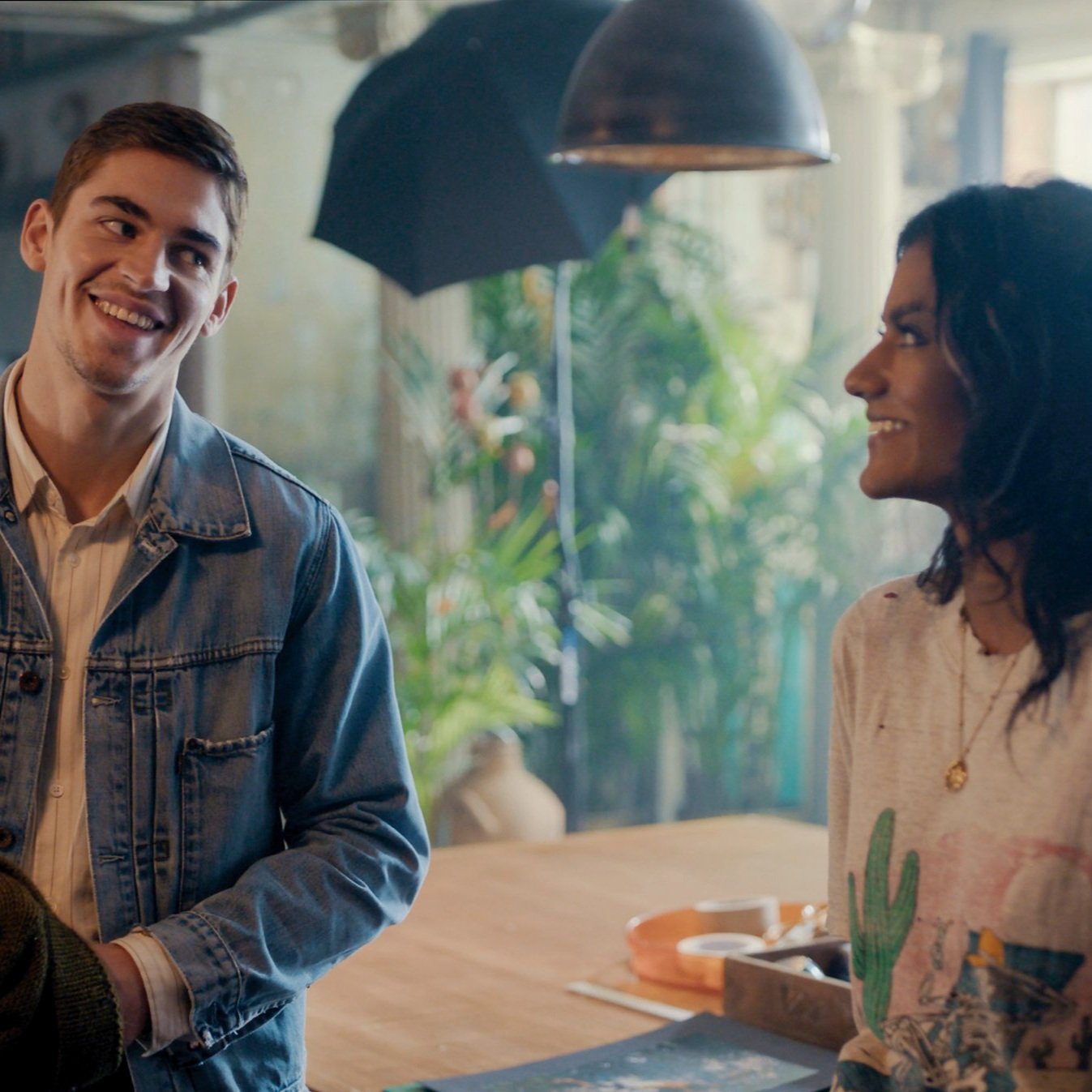How to Adapt The Trending Unexpected Red Theory for Interior Design to Fit Any Color Palette
This blog post contains affiliate links. For more information please visit our disclaimer page.
In recent times, the unexpected red theory has gained significant traction in the world of design and fashion. This theory revolves around the idea that incorporating elements of red in unexpected ways can create a striking and memorable visual impact. Red, a bold and powerful color traditionally associated with passion and energy, is being used in unconventional applications to challenge norms and elevate design aesthetics.
To adapt the unexpected red theory to other unexpected colors, one must first understand the underlying principles at play. The essence of this theory lies in the element of surprise - using a color in ways that diverge from its traditional associations or applications. By applying this concept to different hues, one can unlock a world of creative possibilities and push the boundaries of conventional color usage.
When exploring the adaptation of the unexpected red theory to other colors, consider the following steps:
Selecting the Unexpected Color: Choose a hue that is not commonly associated with the context in which you intend to use it. This could be a pastel tone in a corporate setting or a neon shade in a minimalist design scheme. The key is to opt for a color that will create contrast and command attention.
Understanding Color Psychology: Delve into the psychology of color to grasp the impact your chosen hue may have on viewers. Different colors evoke varied emotional responses, so consider how the unexpected color may influence the perception of your design or space.
Experimenting with Complementary Colors: Pairing the unexpected color with complementary hues can enhance its visual appeal and create a cohesive overall look. Contrast your chosen color with shades that amplify its unique qualities or provide balance to prevent overwhelming the senses.
Applying the Color in Innovative Ways: Embrace creativity and think outside the box when incorporating the unexpected color into your design. This could involve using it as an accent hue, experimenting with different textures and finishes, or integrating it across varied elements for a harmonious effect.
Seeking Inspiration and Feedback: Look to diverse sources of inspiration, such as art, nature, or cultural references, to inform your exploration of the unexpected color. Additionally, solicit feedback from peers or clients to gauge the impact and efficacy of your design choices.
Overall, adapting the unexpected red theory to other unexpected colors offers a compelling avenue for innovation and self-expression in design. By challenging preconceived notions and embracing the transformative power of color, creators can breathe new life into their projects and captivate audiences with unexpected visual narratives.
SAVE FOR LATER:
MORE ON INTERIOR DESIGN THEORY:








